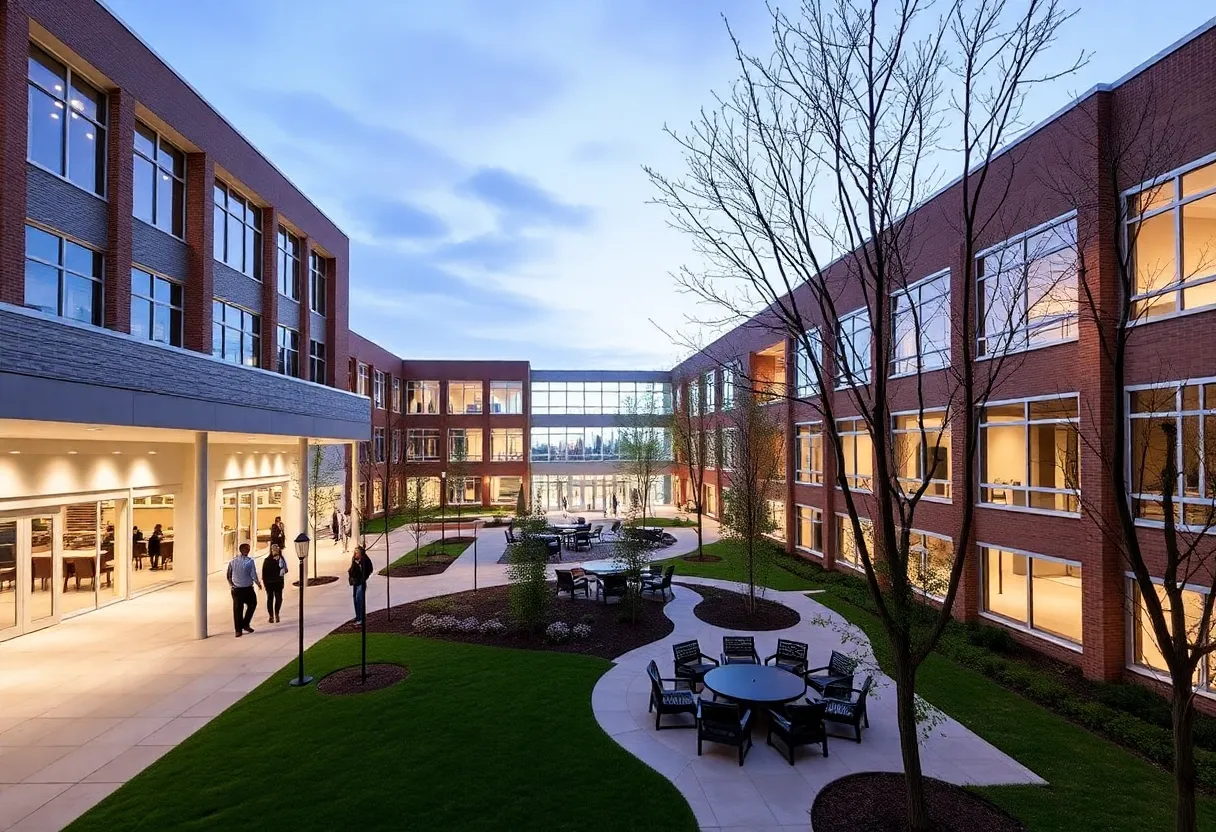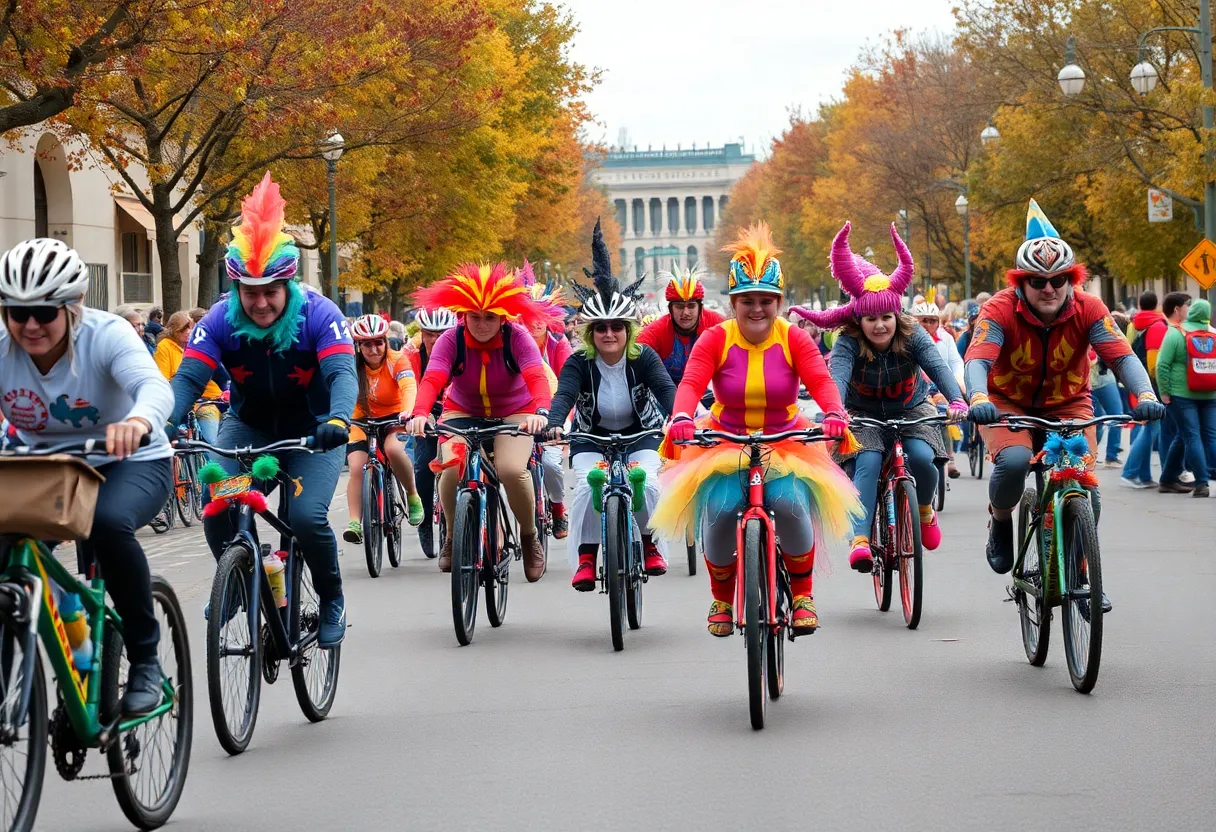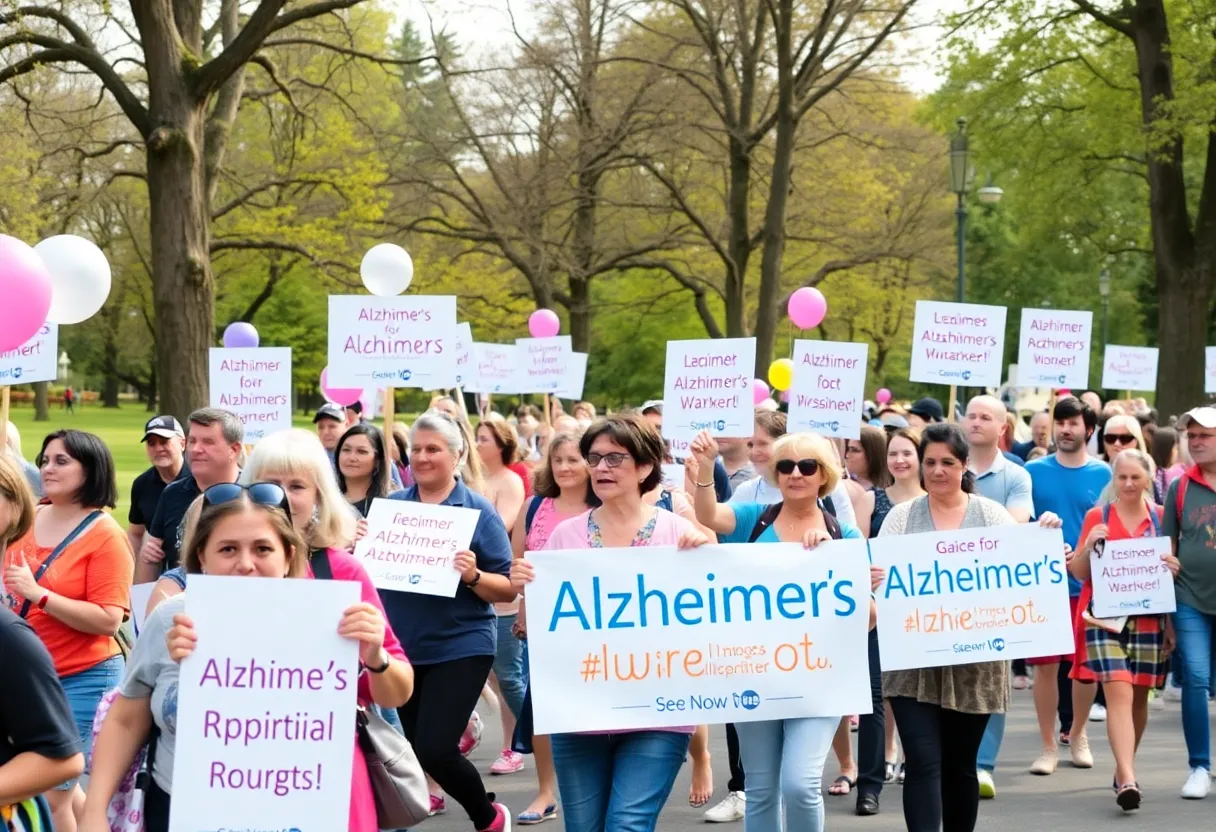Albuquerque, October 20, 2025
The University of New Mexico is leading efforts in crime reduction through innovative architectural redesigns on its campus. The changes, aimed at enhancing public safety, have resulted in a notable 20% decrease in theft and vandalism incidents. By implementing features such as better lighting and open layouts, the university not only improves visibility but also fosters a sense of community. This successful model is now expanding to the city’s public parks, showcasing how architectural solutions can effectively enhance safety in urban settings.
Albuquerque, NM: University of New Mexico Leads Crime Reduction Efforts with Architectural Innovations
The University of New Mexico (UNM) is at the forefront of a new approach to public safety, using architectural design to cut down crime on its campus. Recent changes to campus spaces aim to prevent theft and vandalism, with early outcomes showing a promising 20% decrease in such incidents.
These redesigns focus on practical features that make environments less inviting for criminal activity. Better lighting illuminates dark areas, reducing hiding spots for potential wrongdoers. Open layouts replace enclosed spaces, allowing for greater visibility and natural surveillance from passersby. Community hubs encourage gatherings and social interaction, helping to build a sense of ownership among students and staff. This blend of smart design elements transforms how campus areas function, making safety a built-in feature rather than an afterthought.
The initiative stems from a recognition that physical surroundings influence behavior. By reshaping spaces on UNM’s 769-acre campus in Albuquerque, planners address common vulnerabilities where crimes like bike theft and property damage have occurred in the past. Implementation began with high-traffic zones, such as parking lots and walkways, where incidents were most reported. Now, these areas feel more welcoming and secure, contributing to the observed drop in reports.
Expansion Beyond Campus Borders
Success at UNM has sparked broader applications in the city. The project now extends to Albuquerque’s public parks, where similar architectural tweaks are being tested to enhance safety. Urban planners are collaborating to integrate these ideas into green spaces, which often face issues like loitering and minor thefts after dark. Features such as improved pathways, strategic lighting, and interactive zones mirror the campus model, aiming to create safer recreational areas for families and visitors.
This expansion highlights how architectural solutions can bridge educational and municipal needs. In Albuquerque, where community parks serve as vital gathering spots, these changes could prevent isolated incidents from escalating. Early planning involves site assessments to identify problem areas, ensuring designs fit each location’s unique layout.
Background on the Architectural Approach
Crime Prevention Through Environmental Design (CPTED) forms the backbone of this effort, a strategy used worldwide but tailored here for local challenges. At UNM, the push came after data revealed patterns in campus crimes, mostly non-violent but disruptive to daily life. Administrators worked with architects to apply CPTED principles, focusing on accessibility and deterrence without heavy reliance on security personnel.
The redesign process involved input from students, faculty, and safety experts, ensuring changes met real-world needs. For instance, adding benches and study nooks in open areas not only boosts usability but also increases foot traffic, a natural deterrent to crime. These adjustments are cost-effective compared to traditional methods like installing more cameras or hiring guards.
Albuquerque’s urban landscape, with its mix of academic and public spaces, provides a testing ground for scaling these ideas. The 20% reduction in incidents marks an encouraging start, measured over recent months through university reports. Ongoing evaluations will track long-term impacts, adjusting features as needed to maintain effectiveness.
As this model spreads to city parks, it underscores a shift toward proactive safety measures. By weaving security into the fabric of built environments, Albuquerque stands to benefit from fewer disruptions and a stronger sense of community. These efforts reflect a growing trend in urban planning, where design plays a key role in fostering safer spaces for everyone.
Key Impacts and Future Outlook
The drop in theft and vandalism has already improved campus life, with students noting fewer worries about personal belongings. Extending this to parks could similarly uplift neighborhood vibes, encouraging more outdoor activities. Planners aim to complete initial park upgrades within the next year, monitoring results to refine the approach.
This initiative positions Albuquerque as a leader in blending architecture with public safety. As more areas adopt these changes, the city could see wider benefits, from reduced police calls to enhanced quality of life. The focus remains on sustainable, inclusive designs that serve diverse populations without altering the character of beloved spaces.
FAQ
What is the University of New Mexico doing to reduce crime?
The University of New Mexico is pioneering crime reduction through innovative architecture, redesigning campus spaces to deter theft and vandalism.
What architectural features are being used on the UNM campus?
Features include better lighting, open layouts, and community hubs.
What results have been seen from these changes at UNM?
Early results show a 20% drop in incidents.
Is this project only limited to the UNM campus?
No, the project expands to city parks, blending urban planning with public safety.
Key Features Chart
| Feature | Description | Impact |
|---|---|---|
| Better Lighting | Illuminates dark areas to reduce hiding spots | Enhances visibility and natural surveillance |
| Open Layouts | Replaces enclosed spaces for greater openness | Deters criminal activity through increased sightlines |
| Community Hubs | Encourages social interaction and gatherings | Builds community ownership and reduces incidents |
Deeper Dive: News & Info About This Topic
HERE Resources
Albuquerque Shooting Injures One on Menaul Boulevard
New Mexico Colleges Report Decrease in Campus Crime
New Mexico Boosts School Security with $35 Million Investment
Albuquerque Mayoral Race Heats Up as Louie Sanchez Challenges Incumbent Tim Keller





